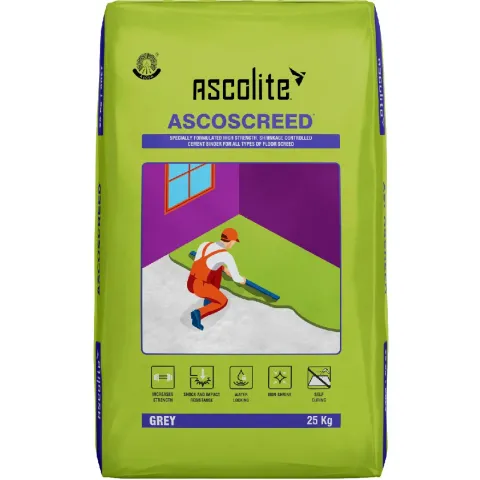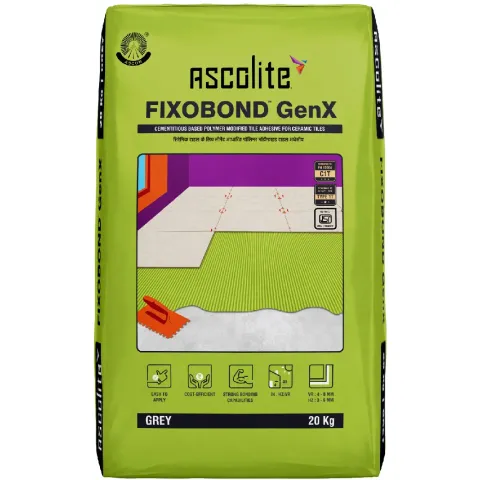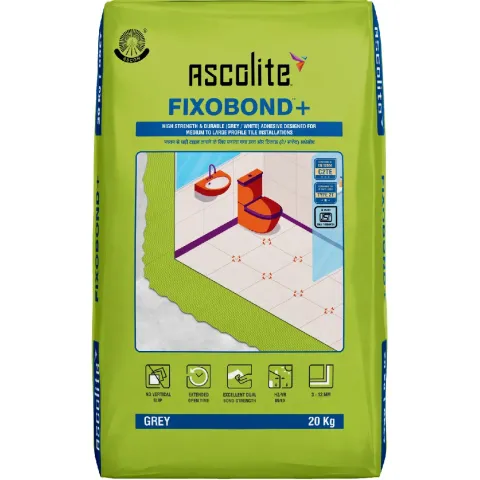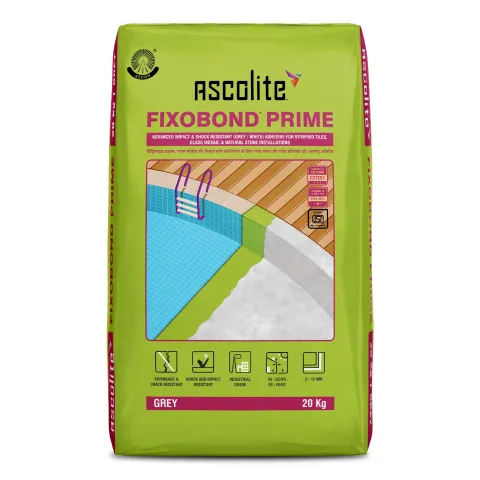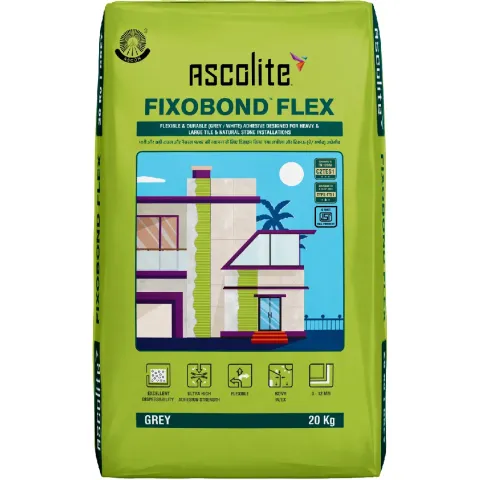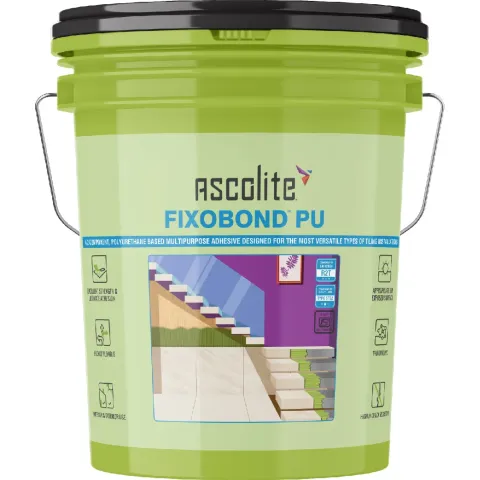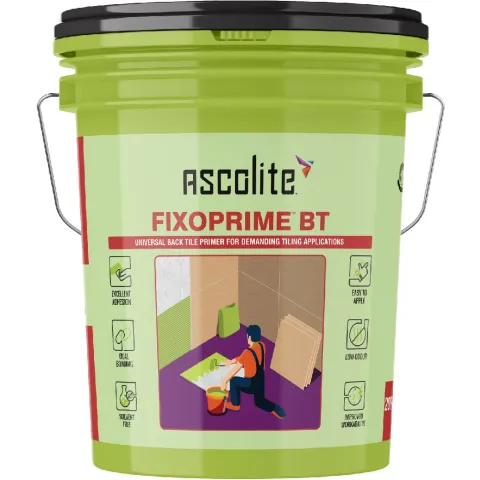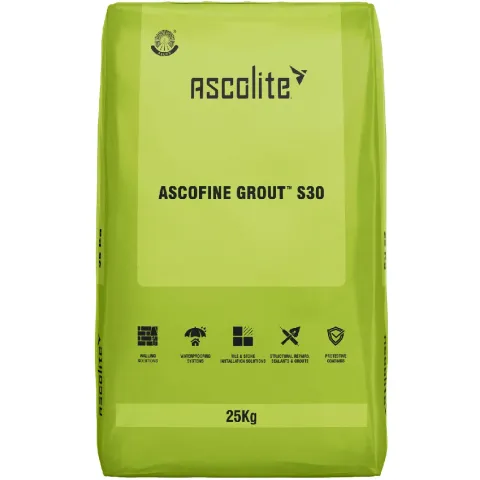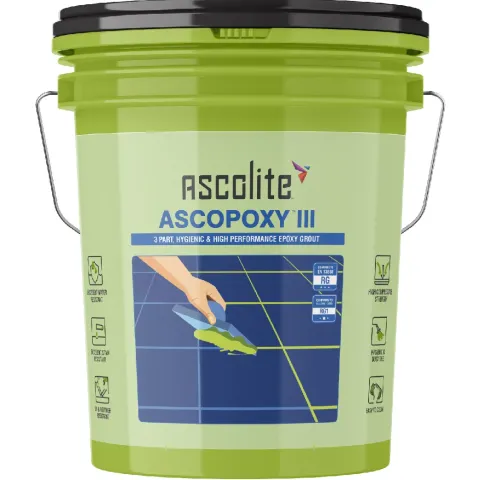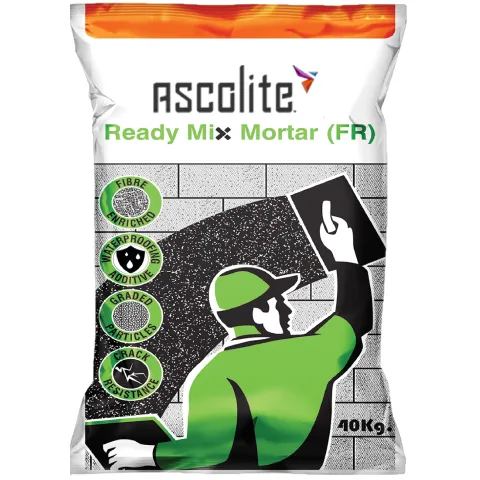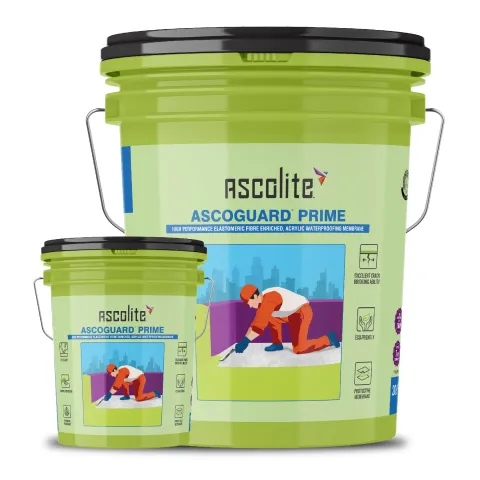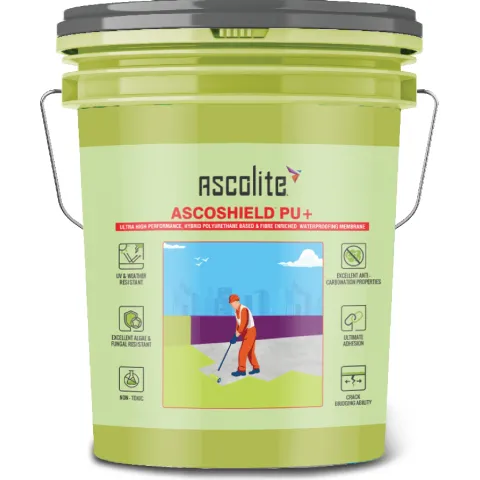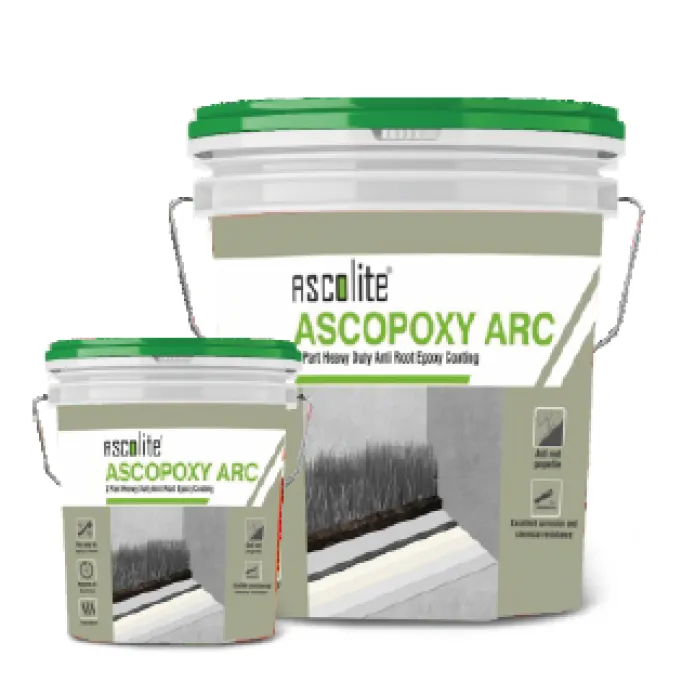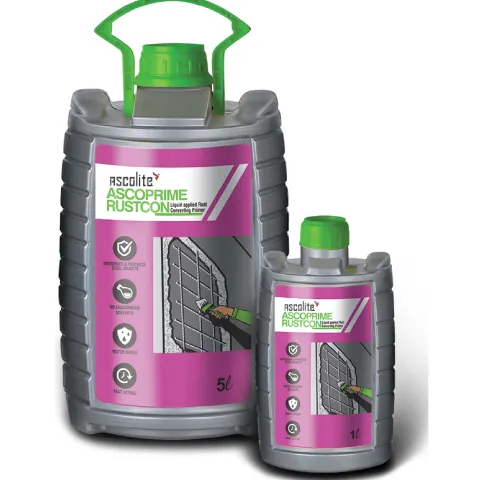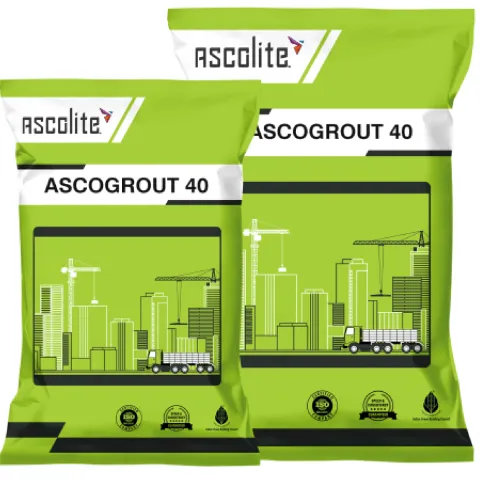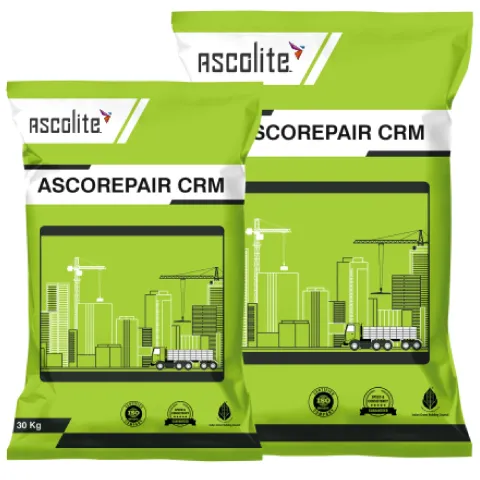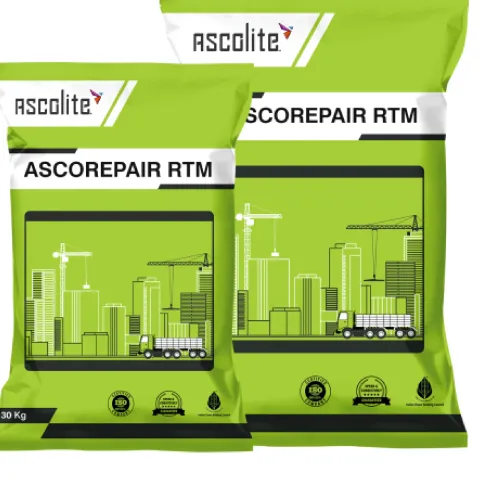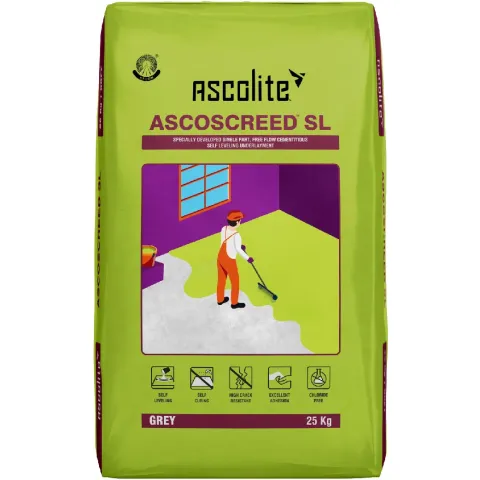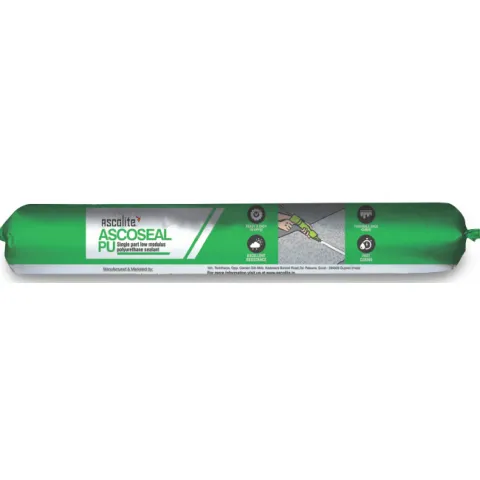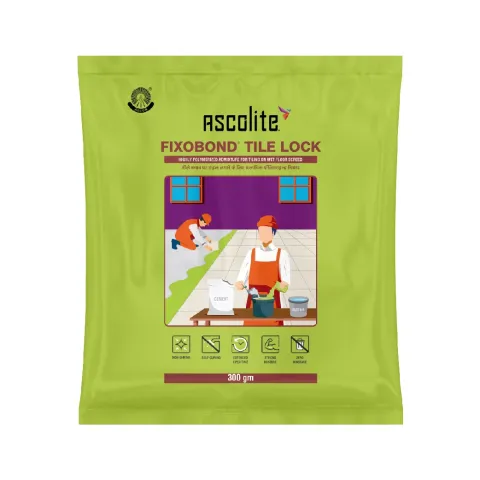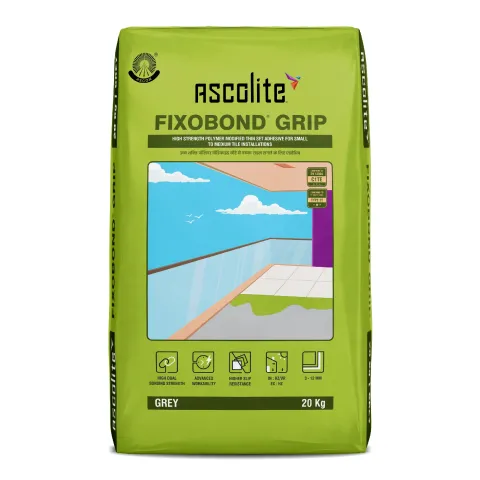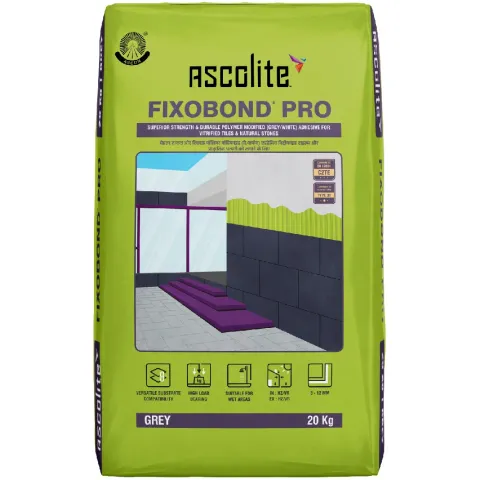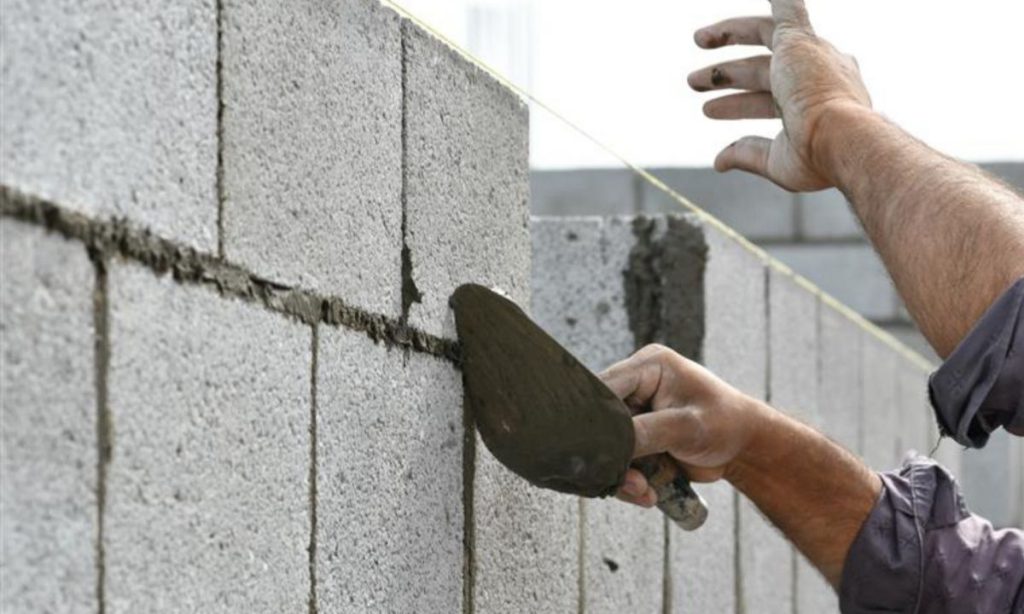
Exploring the Benefits of AAC and Fly Ash Blocks in Building Projects!
November 26, 2024
Autoclaved Aerated Concrete (AAC) blocks and fly ash blocks have emerged as leading choices among builders and manufacturers. This blog will delve into the types of AAC and fly ash blocks, their advantages, and how Ascolite stands out as a premier provider of these innovative materials.
Understanding AAC Blocks
1.What Are AAC Blocks?
AAC blocks are lightweight, precast building materials composed of silica, lime, cement, water, and aluminum powder. The aluminum powder generates tiny air bubbles during the manufacturing process, resulting in blocks that are both strong and lightweight.
2.Types of AAC Blocks
– Standard AAC Blocks: Ideal for walls and partitions, offering excellent insulation and fire resistance.
– AAC Panels: Thinner and larger, these panels are perfect for quick wall construction.
– AAC Lintels: Precast lintels designed to provide support above doors and windows, ensuring structural stability.
Advantages of AAC Blocks
- Lightweight: The reduced weight lowers transportation and handling costs, making AAC blocks easier to work with.
- Thermal Insulation: The air-filled structure provides exceptional insulation, contributing to energy efficiency.
- Fire Resistance: Being non-combustible, AAC blocks enhance safety in buildings.
- Sound Insulation: Their porous nature helps absorb sound, making them suitable for various environments.
- Eco-Friendly: Composed of natural materials, AAC blocks promote sustainable building practices.
Understanding Fly Ash Blocks
1. What Are Fly Ash Blocks?
Fly ash blocks are created from fly ash, a byproduct of coal combustion in power plants, mixed with cement, water, and additives. They serve as an eco-friendly alternative in construction.
2.Types of Fly Ash Blocks
– Solid Fly Ash Blocks: Ideal for load-bearing applications, providing strength and stability.
– Hollow Fly Ash Blocks: Lighter and suited for non-load-bearing structures, these blocks help reduce overall weight.
– Fly Ash Bricks: Smaller than blocks, they can be used in various construction settings, including wall facades.
Advantages of Fly Ash Blocks
- Sustainability: Utilizing fly ash promotes recycling and reduces landfill waste, aligning with eco-friendly practices.
- Energy Efficiency: These blocks offer excellent thermal insulation, lowering energy costs for heating and cooling.
- High Strength: The properties of fly ash enhance the compressive strength, ensuring durable construction.
- Cost-Effective: Their lightweight nature minimizes transportation and labor costs.
- Improved Workability: Fly ash blocks can be easily cut and shaped, providing flexibility in design.
Conclusion: Ascolite’s Role in AAC and Fly Ash Blocks
Ascolite has positioned itself as a leader in the AAC and fly ash block market, offering high-quality products that meet the demands of modern construction. As a part of its commitment to sustainable building practices, Ascolite also provides BJM motors, a vital component for improving efficiency in the production and use of these materials. The BJM motor, known for its durability and energy efficiency, helps optimize the mixing and pumping processes in AAC block production.
With a focus on innovation and sustainability, Ascolite’s range of AAC and fly ash blocks cater to various building needs, including both residential and commercial projects. By choosing Ascolite, builders not only benefit from superior materials but also contribute to environmentally friendly construction practices, all while utilizing cutting-edge equipment like the BJM motor to ensure efficiency.
Incorporating AAC and fly ash blocks into your projects ensures efficiency, strength, and sustainability. As the construction industry moves toward greener solutions, Ascolite remains at the forefront, delivering the quality and reliability needed for a sustainable future.
